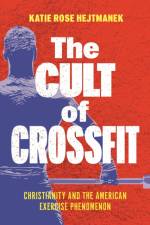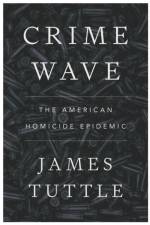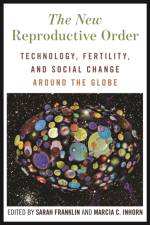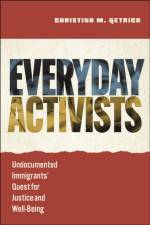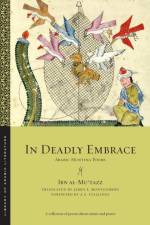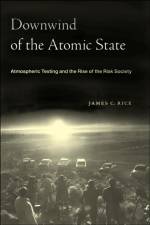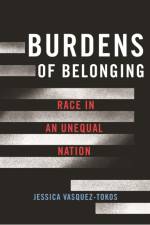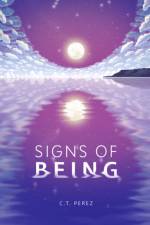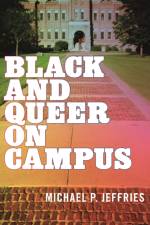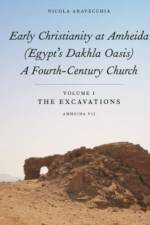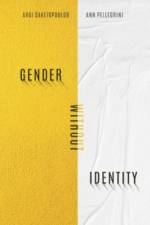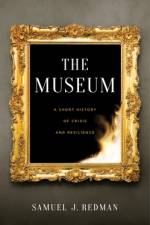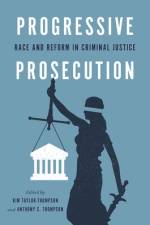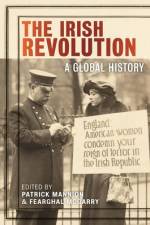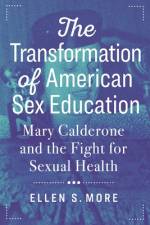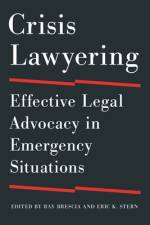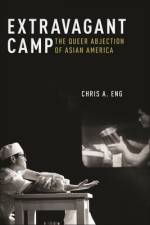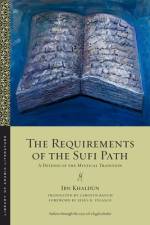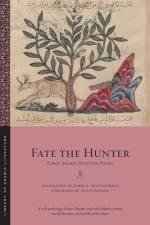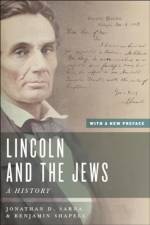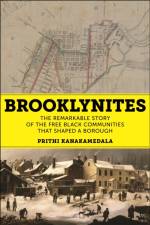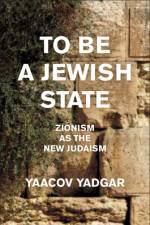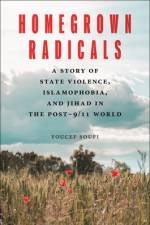- Oral Poetry and Narrative Lore from Northern Arabia
av Marcel Kurpershoek
551
The heroic deeds and words of a warrior poet of northern Arabia An epic hero and a poet, the semi-legendary Shāyiʿ al-Amsaḥ was a prominent ancestor of the Shammar tribal confederation that stretches across the Great Nafūd desert in the northern Arabian Peninsula. Shāyiʿ's corpus of extant poems are preserved in narratives about his chivalrous exploits transmitted orally for centuries. In this volume, Marcel Kurpershoek vividly translates the deeds and verses of this compelling poet, based on recordings of late-twentieth century reciters, a testament to Shāyiʿ's prominence as an embodiment of Bedouin virtue, courage, wiliness, and generosity. Born with one eye, Shāyiʿ presents himself as unattractive and unassuming, only to reveal a hero's strength, sagacity, and wiliness. In a number of stories, he is shown hiding his identity, whether in disguise as an impoverished Bedouin or on a camel deliberately made to look mangy and weak. In the oral culture of the Bedouin, the epic cycle of Shāyiʿ al-Amsaḥ delights and instructs listeners through its unmasking of false appearances and its revelation of the hero's true character. Translated into English for the first time, these engaging tales and poems tell of dangerous desert travel, warlike exploits, chivalrous conduct and its opposite, feats of hospitality that defy belief, and convey nuggets of wisdom from the Bedouin manual of survival, making this collection a colorful compendium of the manners and customs of the tribes of northern Arabia. A bilingual Arabic-English edition.

